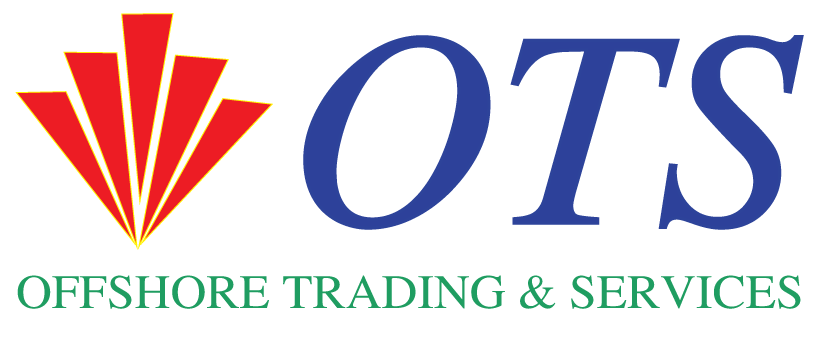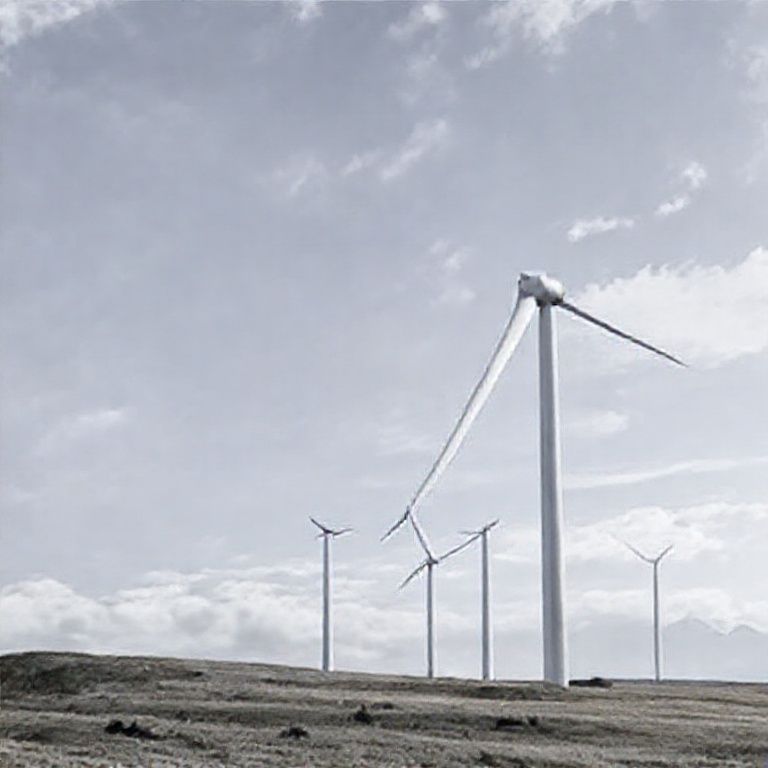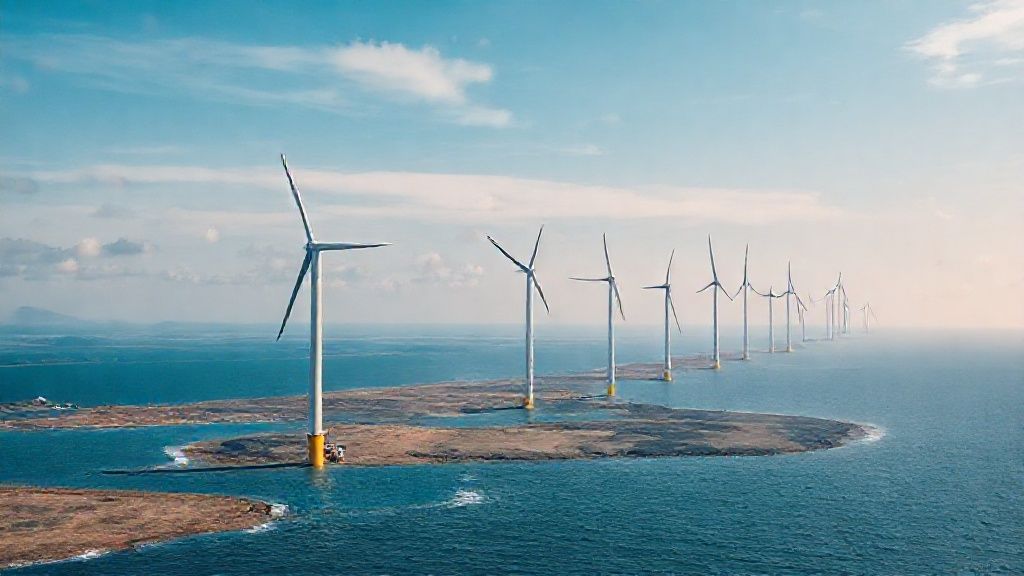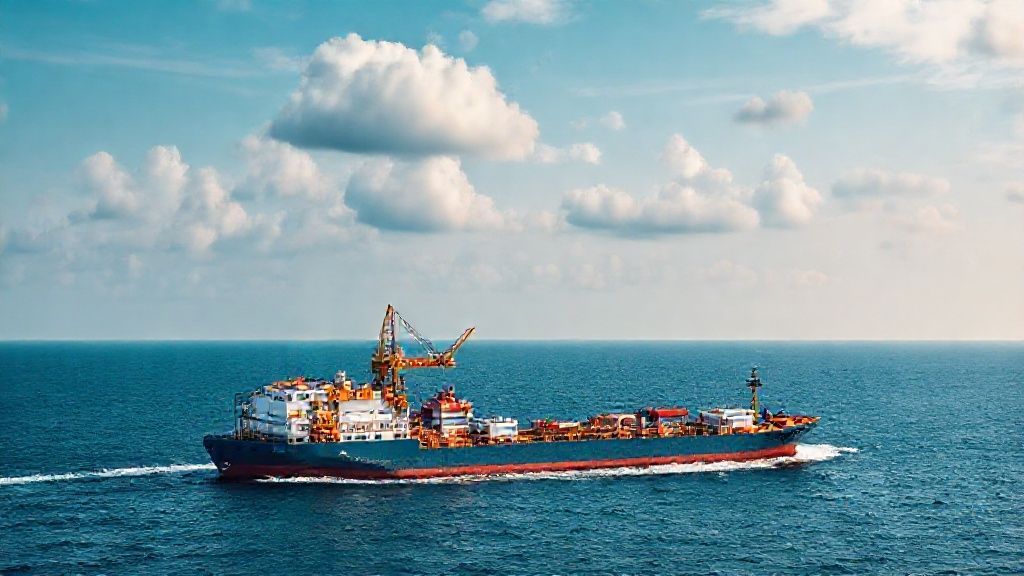Here’s the article you requested, adhering to all your specific formatting and content guidelines:
The reliable and efficient operation of wind turbines is paramount for maximizing energy output and ensuring profitability in the renewable energy sector. Periodic inspections are not merely a procedural step but a critical strategy for identifying potential issues before they escalate, thus preventing costly downtime and performance degradation. This article delves into the multifaceted importance of regular wind turbine inspections, exploring how they contribute to enhanced efficiency, extended lifespan, and ultimately, a stronger return on investment for wind farm operators.
The Importance of Periodic Wind Turbine Inspection to Maximize Output and Profit
In the ever-evolving landscape of renewable energy, wind power stands as a cornerstone of sustainable development. Wind turbines, the majestic giants harnessing the kinetic energy of the wind, are complex mechanical and electrical systems that require diligent care to perform optimally. The economic viability of a wind farm hinges directly on the consistent and efficient generation of electricity. This is where the strategic implementation of periodic wind turbine inspections becomes indispensable. Far from being a mere regulatory checkbox, these inspections are a proactive, data-driven approach to safeguarding assets, optimizing performance, and ensuring sustained profitability.
➡️ Xem thêm: MOL, Turkish Petroleum enter E&P collaboration
Understanding the Stakes: Why Inspections Matter
Wind turbines operate in challenging environments, subjected to extreme weather conditions, constant mechanical stress, and the relentless forces of nature. Over time, components can experience wear and tear, leading to a gradual decline in efficiency or, worse, catastrophic failures. Ignoring these subtle signs of degradation can result in significant financial losses.
– Reduced energy output: Minor issues, such as blade erosion or misalignment, can subtly impact the turbine’s ability to capture wind energy. Over months and years, this seemingly small reduction accumulates into substantial lost revenue.
– Increased maintenance costs: Neglecting small problems allows them to fester and grow, transforming minor repairs into complex, time-consuming, and expensive overhauls.
– Unplanned downtime: The most significant financial hit often comes from unexpected equipment failures. When a turbine goes offline without notice, it means zero revenue generation for that period, coupled with emergency repair expenses and potential penalties for failing to meet power purchase agreements.
– Decreased asset lifespan: Components that are not properly maintained are more likely to fail prematurely, forcing premature replacement of expensive parts or even the entire turbine, significantly shortening the asset’s operational life.
– Safety risks: Compromised turbine integrity can pose serious safety hazards to personnel and the surrounding environment.

Key Areas of Focus During Periodic Inspections
A comprehensive periodic inspection goes beyond a superficial visual check. It involves a systematic evaluation of all critical components, employing specialized tools and techniques.
1. Rotor Blade Inspection
The rotor blades are the primary interface with the wind, and their condition directly influences aerodynamic efficiency and structural integrity.
– Leading-edge erosion: High-speed wind and particulate matter can erode the leading edge of the blades, disrupting airflow and reducing energy capture. Advanced visual inspection techniques, including drones with high-resolution cameras and thermal imaging, can detect this early.
– Surface damage: Cracks, delamination, and impact damage from lightning strikes or debris need to be identified and addressed promptly to prevent propagation and structural failure.
– Blade pitch system: The pitch control mechanism ensures optimal blade angle for varying wind speeds. Inspections verify the smooth operation of actuators, sensors, and hydraulic or electrical systems.
2. Nacelle and Drivetrain Components
The nacelle houses the most critical and complex machinery.
– Gearbox inspection: The gearbox is a high-stress component. Inspections involve checking oil levels, analyzing lubricant for wear particles (spectrometric oil analysis), and listening for abnormal noises using acoustic sensors. Vibration analysis is also crucial for detecting bearing wear or gear tooth damage.
– Generator inspection: The generator converts mechanical energy into electrical energy. Checks include electrical connections, insulation resistance, cooling systems, and bearing health.
– Braking system: The braking system is vital for safety and controlled shutdowns. Inspections verify the functionality of mechanical and hydraulic brakes, including wear on brake pads and discs.
– Yaw system: The yaw system keeps the turbine facing the wind. Inspections ensure the smooth operation of motors, gearboxes, and sensors that control the turbine’s orientation.
3. Tower and Foundation Integrity
The tower and foundation are the structural backbone of the wind turbine.
– Tower inspection: Visual checks for corrosion, loose bolts, cracks, and signs of fatigue are essential. Interior inspections of ladder rungs, platforms, and cable management systems are also conducted.
– Foundation assessment: While less frequent, periodic assessments of the foundation may be required, especially in areas prone to soil movement or seismic activity. This could involve ground-penetrating radar or other geotechnical surveys.
4. Electrical Systems and Controls
The electrical system manages power generation, transmission, and control.
– Control systems: Verification of sensor readings, software functionality, and communication protocols ensures that the turbine operates within its programmed parameters and responds correctly to changing wind conditions.
– Power converters and inverters: These components are critical for conditioning the generated electricity. Inspections involve checking cooling systems, electrical connections, and thermal signatures for overheating.
– Cable integrity: Loose or damaged cables can lead to power loss or electrical faults. Visual inspections and continuity testing are important.
➡️ Xem thêm: UK groups develop offshore energy skills passport
The Role of Technology in Modern Inspections
The sophistication of wind turbine technology has been matched by advancements in inspection methodologies. Modern periodic inspections leverage a suite of advanced tools and techniques to enhance accuracy, efficiency, and safety.
– Drone-based inspections: Unmanned aerial vehicles (UAVs) equipped with high-resolution cameras, thermal sensors, and lidar scanners can access difficult-to-reach areas of the blades and tower, providing detailed imagery and data with minimal risk to personnel.
– Condition monitoring systems (CMS): These integrated sensor networks continuously collect data on vibration, temperature, oil quality, and other parameters. Analyzing this data over time allows for predictive maintenance, identifying potential issues before they manifest as failures.
– Infrared thermography: Thermal cameras can detect temperature anomalies in electrical components, bearings, and gearboxes, indicating potential overheating or developing faults.
– Acoustic monitoring: Sensitive microphones can detect unusual noises from the gearbox or bearings, providing early warnings of mechanical wear.
– Blade surface analysis: Specialized coatings and techniques can assess blade surface integrity, detecting micro-cracks or erosion that might not be visible to the naked eye.
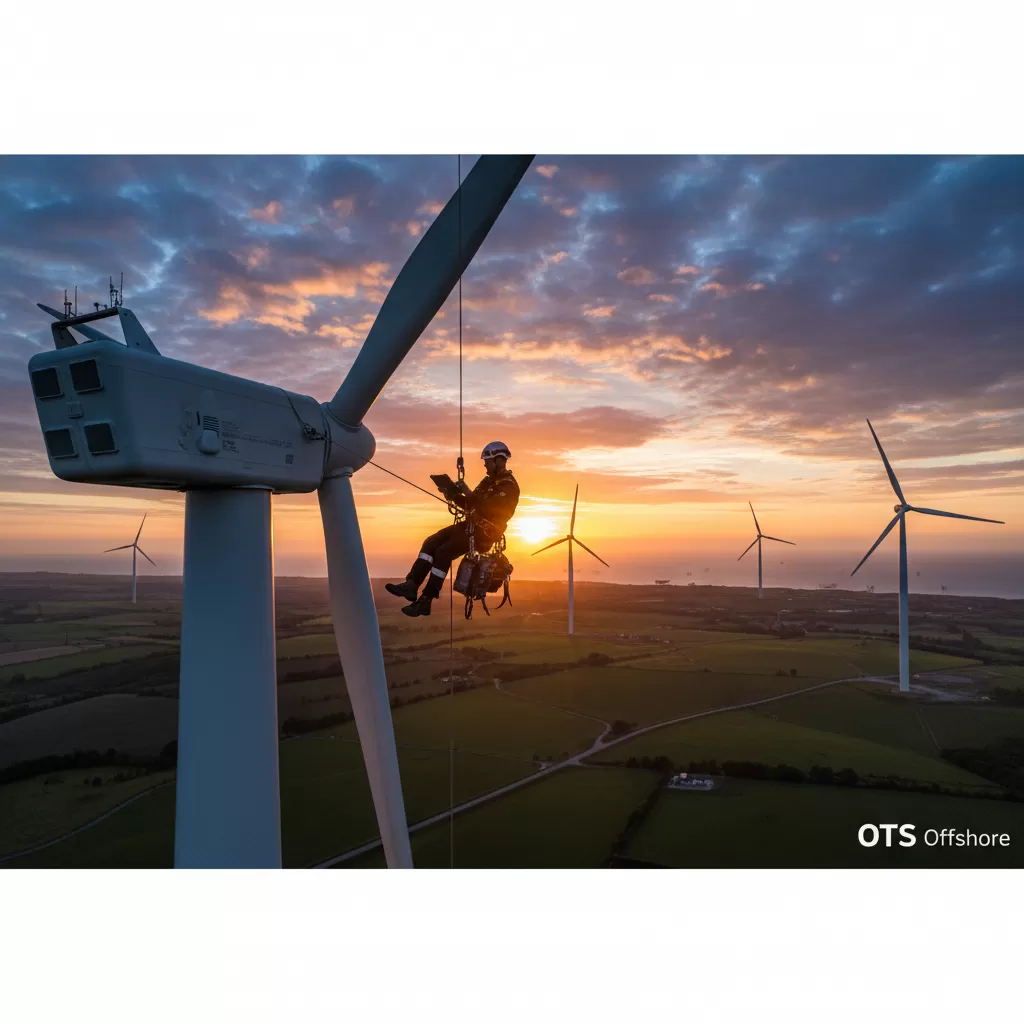
Implementing a Proactive Inspection Schedule
The frequency and scope of periodic inspections should be tailored to the specific turbine model, operational environment, and manufacturer recommendations. However, a general framework can be established.
– Routine visual inspections: These can be conducted more frequently, perhaps quarterly or semi-annually, by trained technicians during routine site visits.
– Intermediate detailed inspections: These involve more in-depth checks of key components and may be performed annually.
– Major overhaul inspections: These are comprehensive, in-depth inspections that might occur every five to ten years, often coinciding with planned major maintenance or component replacements.
The data gathered from each inspection should be meticulously recorded and analyzed. This historical data forms the basis for trend analysis, enabling operators to anticipate future maintenance needs and optimize their maintenance schedules.
➡️ Xem thêm: Shell, Akselos sign enterprise agreement for asset monitoring software
Maximizing Output and Profit Through Proactive Maintenance
The link between diligent inspection practices and enhanced financial returns is direct and undeniable.
– Predictive maintenance over reactive repairs: By identifying issues early through inspections, operators can transition from costly reactive repairs to planned, predictive maintenance. This allows for scheduled downtime during periods of low wind resource, minimizing revenue loss and controlling repair costs.
– Extended turbine lifespan: Regular maintenance and timely repairs prevent minor issues from escalating into major failures, thereby extending the operational life of the turbine and delaying the significant capital expenditure associated with replacement.
– Optimized performance: Well-maintained turbines operate at peak efficiency, maximizing their energy capture and output. This directly translates into higher revenue generation over the turbine’s lifetime.
– Reduced operational expenses: Preventing major component failures significantly lowers the overall cost of ownership. Unplanned downtime, emergency repairs, and premature component replacements are all avoided.
– Enhanced safety and compliance: Regular inspections ensure that turbines operate safely, minimizing the risk of accidents and ensuring compliance with industry regulations and environmental standards, which can avoid costly fines and legal repercussions.
Ultimately, the investment in robust periodic wind turbine inspection programs is not an expense but a strategic imperative. It is a commitment to the long-term health and productivity of wind energy assets, ensuring that these vital components of our renewable energy infrastructure continue to deliver clean power efficiently and profitably for years to come.
